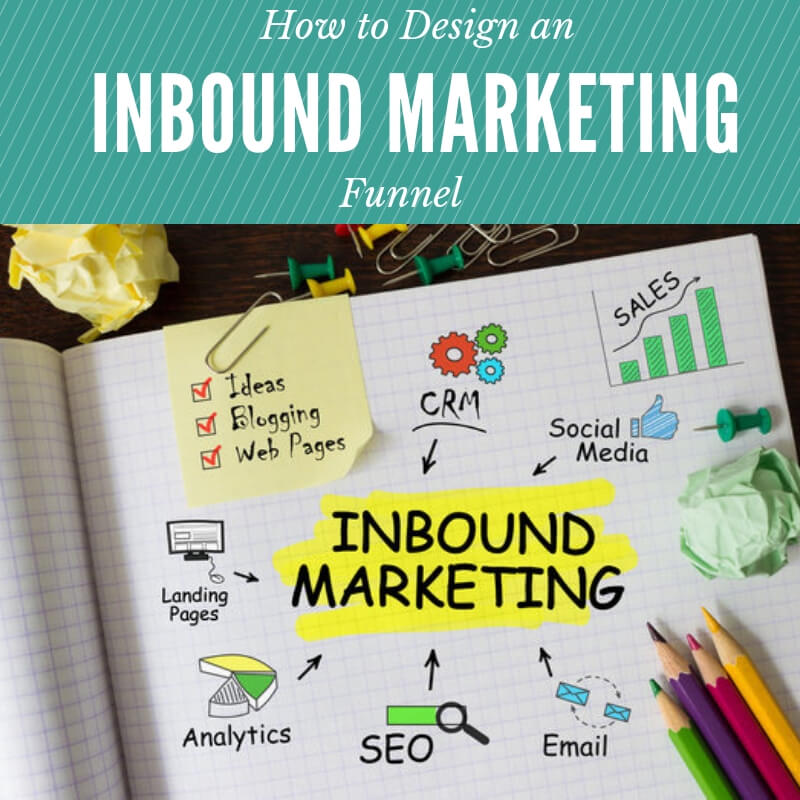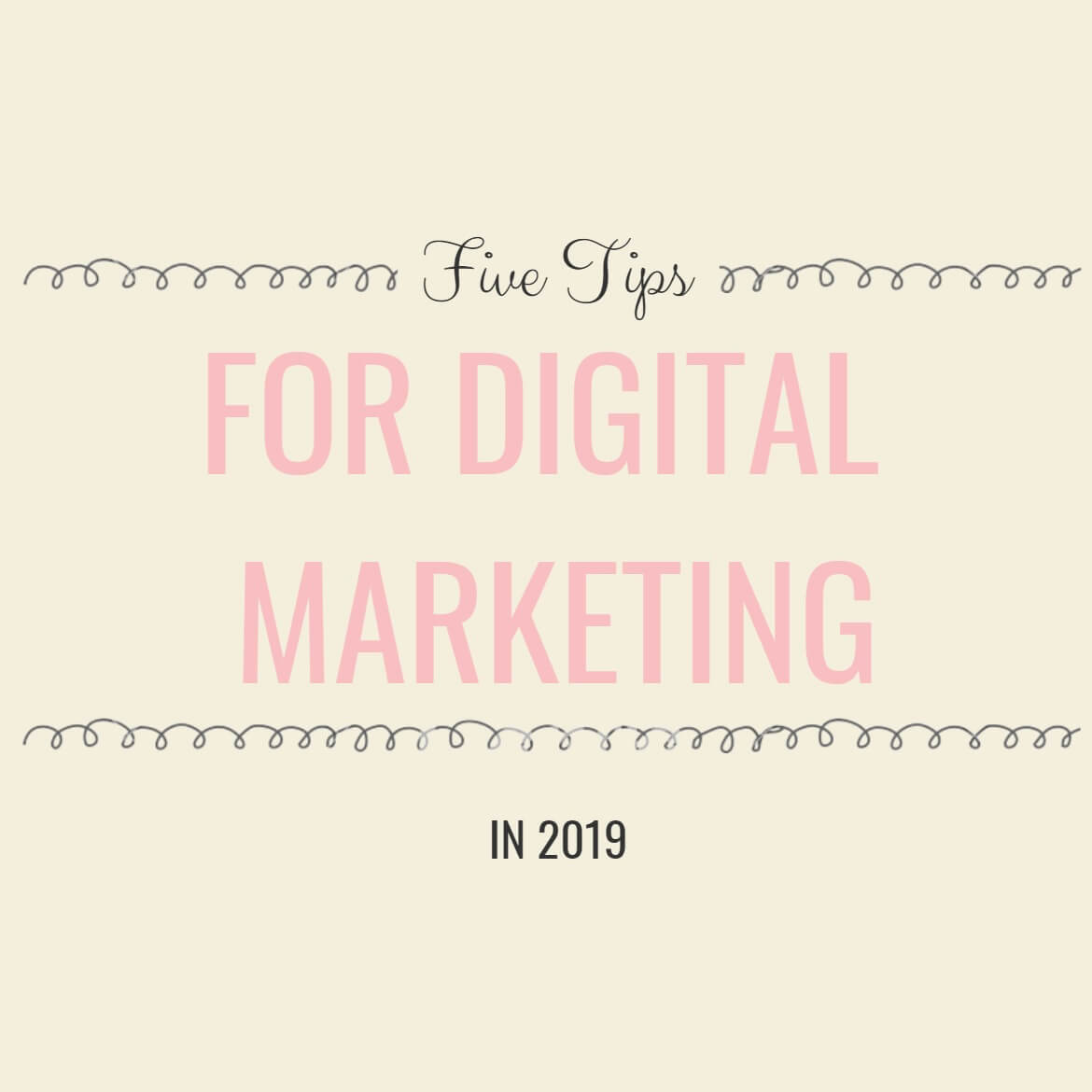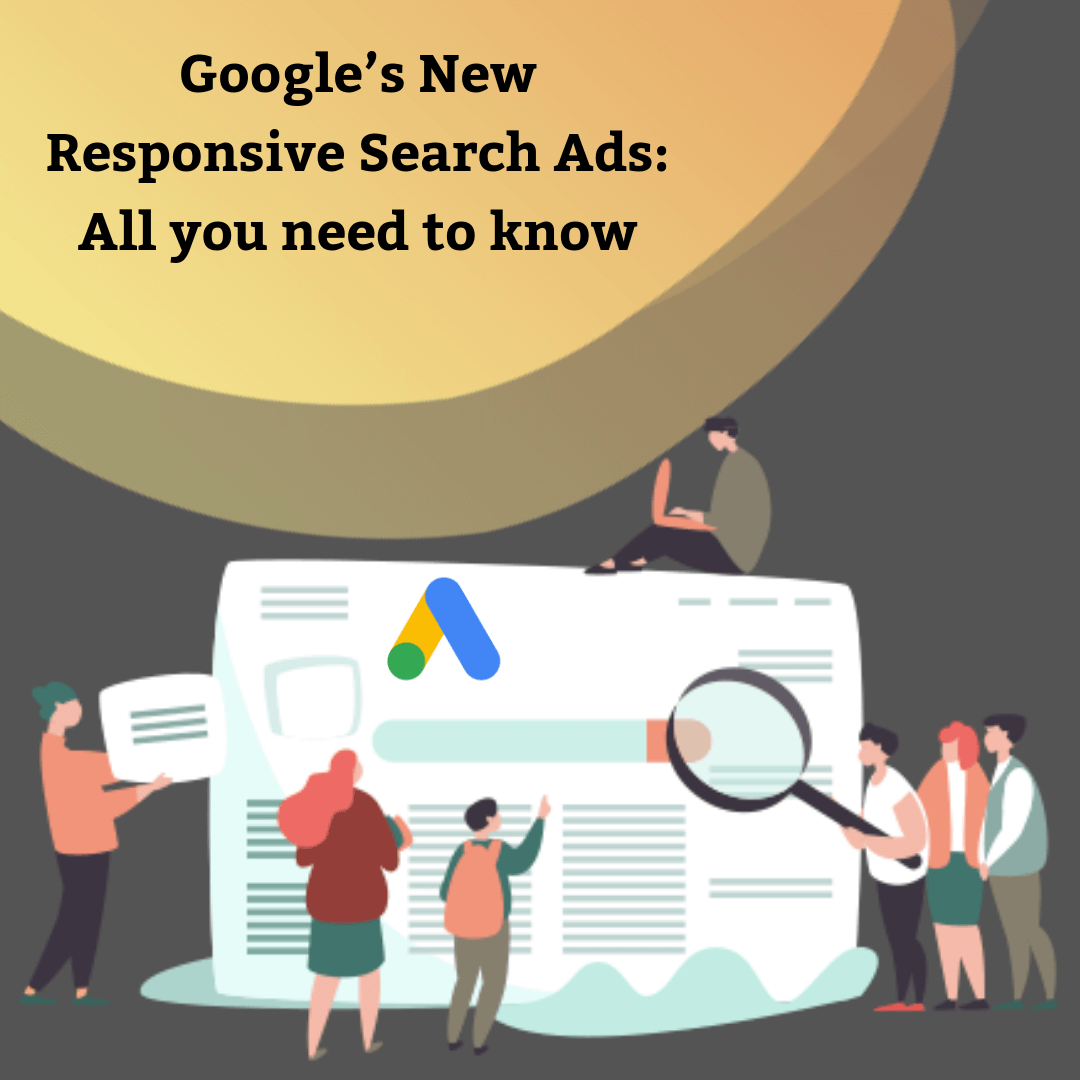
How to Design an Inbound Marketing Funnel
Nobody likes being sold to. Digital marketers have understood this quite well over the last 10 years. Today’s buyers want to be consulted, advised and occasionally coached.
“Don’t sell, help.”
Because of this, the process of sales has transformed into what can only be called the “inbound revolution”. Companies of all scales and sizes and in all sorts of industries have successfully implemented this “stop selling, start helping” approach to increase their businesses. The principles on which this phenomenon is based are rock-solid. Inbound marketing is only going from strength to strength.
If you’re a marketing professional or entrepreneur wondering how you could implement inbound marketing for your business, your search ends here. This post will help you figure out how you can create an inbound marketing funnel for your business. A good inbound marketing funnel not only generates top-line revenue but also builds your brand and reputation in the marketplace.
There are at least three stages to any inbound marketing funnel:
Stage one of your funnel: Getting Leads
The first stage has a single purpose: gathering leads for your business. To get found by the right people, you need to create educational content that speaks to your prospects and resolves their queries. You can use social media following, social media ads and email marketing to engage with your prospects at this stage.

Lead “Magnet” may not be the most appropriate metaphor to think of your lead generation process, because it is focused on you and not your prospect, which is the exact opposite of inbound marketing!
Some ways by which brands educate their prospects are through e-books, webinars, short courses, blogs, YouTube videos etc. All this content has one primary aim – to bring you leads. At the same time, this type of content positions you as a specialist who can answer your prospects’ questions related to your product.
While good inbound marketing can generate a huge number of leads, most of the leads may not be qualified to actually do business with you. However, the long-term benefit of creating good inbound marketing content almost always exceeds the cost in time and money required for it.
Here are some great examples of the first-stage interactions some brands are driving:
An eBook: https://blog.hubspot.com/marketing/email-marketing-beginners-guide
A blog: https://www2.deloitte.com/insights/us/en.html
An infographic: https://blog.thewholebraingroup.com/inbound-marketing-5-steps-increase-traffic-convert-leads-customers
A free course or webinar: https://www.mindvalley.com/free-courses
Stage two of your funnel: Building Trust by Giving Help
The first stage also builds some trust by giving high quality content. The focus on the second stage is almost exclusively on building on this. Brands can establish trust and authority with their prospects through email marketing, social media posts, webinars, newsletters and videos. In inbound marketing, you’re always trying to help your prospects at every stage of their buying journey. This is especially true at this second stage of interaction with your raw leads.

Don’t sell, help!
Stage three of your funnel: Giving even more help (and in the process, closing)
Even the third stage isn’t a typical hard sales close. At this stage your prospects are well-informed, researched, and ready-to-purchase. They know what you’re about, what you do, and they know your promises. At this stage the sales team may come in to ‘clinch the deal’, but here too the always-be-helping aspect of inbound marketing comes in.

Everybody smiles like a nice stock photo if you do sales right.
Awesome selling with inbound marketing funnels is about customizing your sales pitch to cater to unique needs of each prospective client, understanding their unique circumstances, and using the language and level of technicality that they will understand.

Inbound Marketing Funnel
Concluding thoughts:
With these three stages clearly defined, companies can easily find out where in the sales funnel they’re weakest. Based on this information they can close any gaps they may have in their entire inbound marketing funnel design. Quantifying each level is fairly easy with standard metrics and analytics tools.
About the Author:
Neeraj Ramnani is the founder of GrowthFoundation.in and WebKow.com. He is a digital marketer since 2011, and has pioneered some of the most innovative approaches in this field over these years. He’s worked with over 40 brands for their result-oriented digital marketing.
He’s an alumnus of IIM Indore and SVNIT Surat.




Leave a Reply
You must be logged in to post a comment.